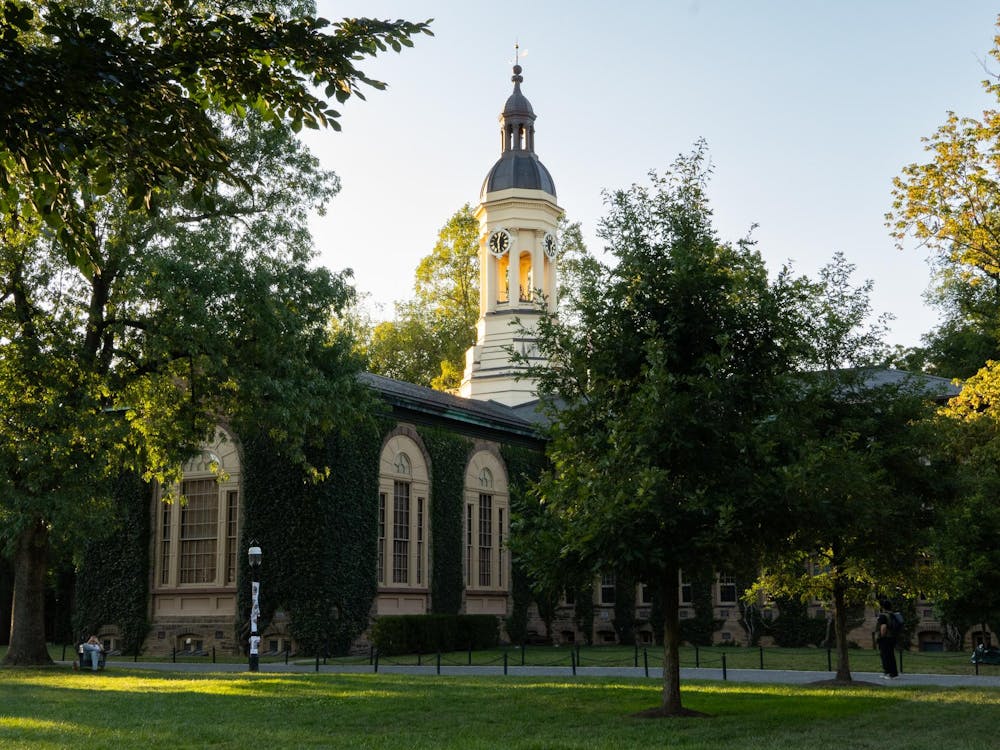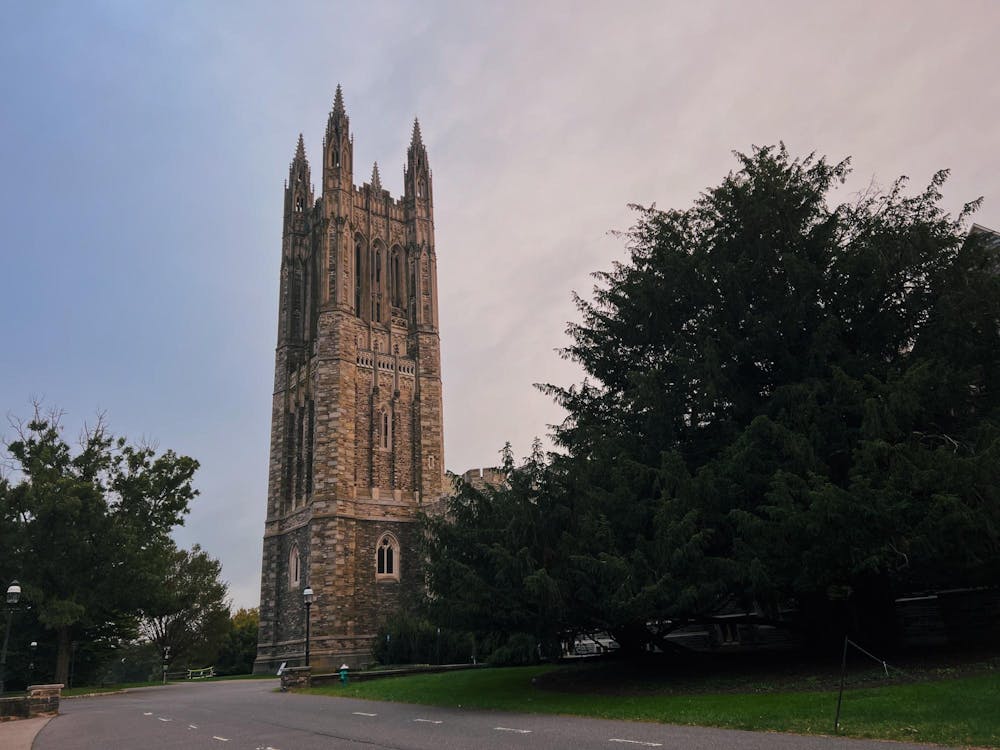In a new initiative, University faculty and staff are working together to encourage the development of digital tools in the study of the humanities. The Digital Humanities Initiative at Princeton is a project to bring together members of the University community who are working to explore how digital tools may be used to aid humanistic scholars.
The initiative was created to address an organizational obstacle that English professor Meredith Martin encountered while working on a personal project — the Princeton Prosody Archive, a database of digitized records of poetry that preserves various unique typographies and characters.
Martin is head of the Digital Humanities Working Group, which was formed in September 2011.
While looking to find the necessary technological support for putting together the database, Martin said it was difficult to find the people she needed because of the lack of organized support from the University for the digital humanities.
“The main problem at Princeton wasn’t really resources,” Martin said. “It was publicity, connection — making sure people knew that there were projects happening.” To address this problem, Martin began making efforts to bring together members of the University interested in the digital humanities. She began working with graduate student Grant Wythoff, Library of Digital Initiatives coordinator Cliff Wulfman and Humanities Resource Center manager Ben Johnston. These efforts became the Digital Humanities Initiative.
DHI is still in its early stages, Martin said, but is gaining support and awareness from the administration. The initiative’s goals include lobbying for a physical center for the digital humanities on campus and the creation of digital humanities courses for students.
“I think Princeton is getting to the digital humanities game a little bit later than other universities have,” Wythoff said. “But one of the benefits of that is that it lets us look at all of the pros and cons of different approaches of the field and figure out what the best possible approach for Princeton could be.”
Currently, the initiative offers support and mentorship for graduate and undergraduate students interested in the digital humanities. In addition, there is a Digital Humanities Reading Group, which meets biweekly to discuss the digital humanities and read writings about the field. However, there is still a lot more to be done for the field, Martin said.
“[DHI]’s been an entirely grassroots, faculty-driven movement to respond to changes in the humanities and changes in computer science,“ Martin said. “And I feel like, in a lot of ways, that’s the proof that it’s here to stay, that it’s not just a fad.”
DHI also hosts a speaker series that aims to spread information about the world of digital humanities, which encompasses a broad range of topics from digitization of literature and poetry to the development of new technologies for interaction with the works.

In the semester’s first lecture of the series, Dean of the School of Media Studies at the New School Anne Balsamo spoke about the emotional power that new technologies and interfaces can add to media content and technology for broad community goods on Tuesday.
Balsamo addressed various technological developments, both in hardware and software, and the new means of interaction that have emerged in recent years, ranging from touch interaction to improved crowd-sourcing, that allow for the creation of more emotional, intuitive connections with content.
As an example of how these new technologies can be used to augment viewer experiences, she pointed to some of her projects, including the AIDS Quilt Touch. The mobile application allows users to view the AIDS Quilt, a more than 50-ton memorial to AIDS victims. While the quilt was last displayed in the summer of 2012 in Washington, D.C. at the National Mall, users of the application may view individual blocks at any time.
“We wanted to use contemporary technologies appropriately, to augment and not replace the experience of viewing a kind of textile, material piece of cultural heritage,” Balsamo said of the project. She said that the work was “reaching toward a horizon” in which architectural and computer innovation can allow for interactive displays on any surface, regardless of size.








